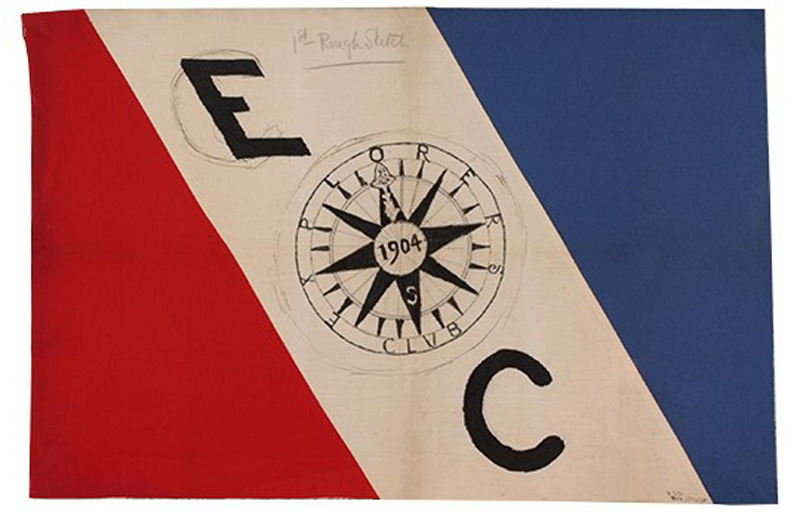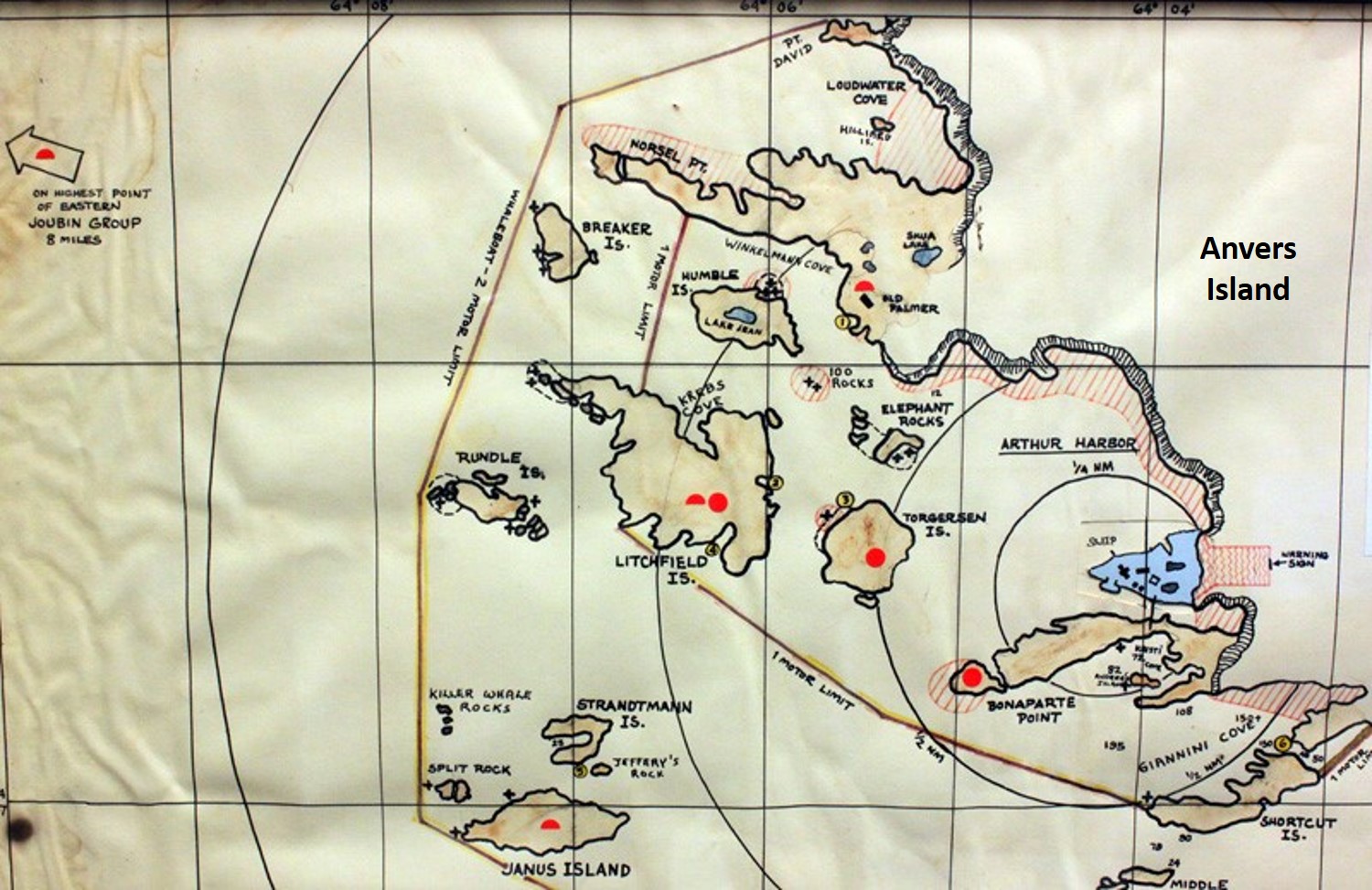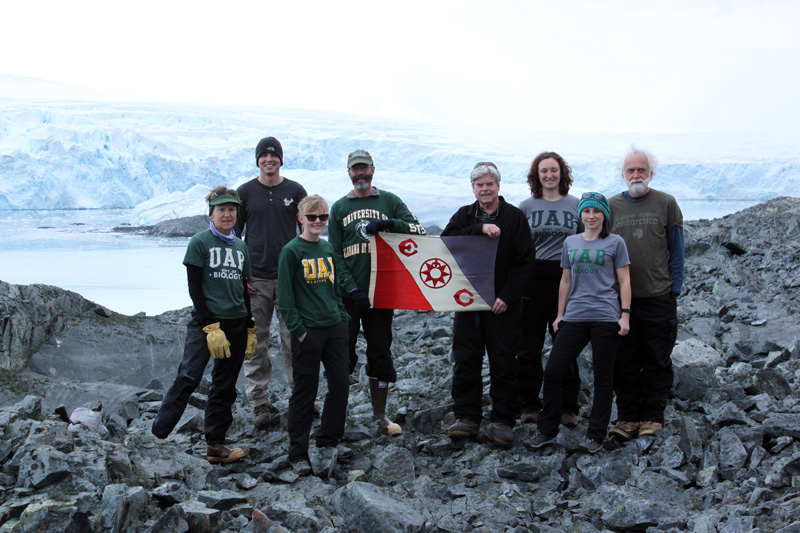
The Explorer’s Club, headquartered in an old majestic stone-crafted building in New York City, was established in 1904 to celebrate and encourage the exploration and study of our planet. The Explorer’s Club flag (image above) represents a lengthy history of accomplishment and courage integrated with scientific field studies. Since 1918 the flag has been carried by 850 explorers on over 1450 expeditions to all continents. Every flag expedition is reviewed and approved by the club leadership, and all are documented in a report that is shared widely in the spirit of scientific exploration. Notably, flags have been carried on Apollo 8, 11, 13 and 15 (miniature flags), as well as on ocean expeditions of intrepid figures such as Thor Heyderdahl and James Cameron.
Honored in 2016 with election to “Fellow’ status in the Explorer’s Club, I felt it was incumbent on me to take advantage of this flag expedition legacy to further our UAB team’s efforts in Antarctic educational outreach. In this vein, I proposed to the Explorer’s Club that our UAB Antarctica team undertake an expedition to Amsler Island to bring attention to this island’s birth from beneath the Marr Glacier adjacent to Palmer Station.

Long considered a Point of Land (Norsel Point) as a small peninsula of Anvers Island (as seen at the top of this old map of Palmer’s boating area), unprecedented climate warming along the western Antarctic Peninsula, accelerating the retreat of 87% of the glaciers, exposed Norsel Point for what it was – a point on an island measuring several miles in length! Geologically speaking, this island had appeared well ahead of schedule. So, when it came to writing my Explorers Club flag expedition proposal, I decided ‘island emergence’ could serve as a metaphor for unprecedented global climate change.

The morning of March 12, 2018 broke sunny with local wind speed well within that prescribed for safe Palmer boating operations. Our UAB/USF team had just polished off a series of successful collection dives for our chemical ecology research projects, and we were in a position to take a half day for our flag expedition to Amsler Island. We tied our zodiac off to the appointed landing site adjacent long-abandoned Old Palmer Station. Once ashore, our team members trudged up a rock-strewn trail, past the historic station site, giving wide berth to a cluster of fur seals. Reaching a ridge behind the abandoned station, we headed up to the summit of a subsidiary peak overlooking the Marr Glacier. With the retreating glacier in the background (and all it represented), it was the perfect spot on Amsler Island for our Explorers Club flag expedition photo! Rebecca Trinh, a talented young scientist, took the above photo of Palmer Station's Explorer Flag contingent (right-left: Bill Baker, Michelle Curtis, Sabrina Heiser, flag holders author JBM with Chuck Amsler, CJ Brothers, Andrew Shilling, Maggie Amsler)
The particular flag that we are displaying in our expedition photograph has a storied history. The flag began its travels around the earth in 1940 with an expedition to Liberia and most recently, in 2017, was taken on an expedition to the Russian Arctic. In between, our flag made it to the top of Mount Everest (twice), on an expedition to document ‘Bali Hai’ the next Krakatoa, accompanied the Hell Creek Dinosaur Expedition, and was taken on an expedition studying the Female Chiefs of Vanuatu.

Now that I have returned from Palmer Station to UAB, I will be writing up my Flag Expedition Report for the Explorers Club archives and web site. I plan to not only submit this short report, but also author an article for consideration in The Explorers Journal (see image). I believe the inherent underlying message of our expedition; witnessing climate change rewrite the landscape of Antarctica in real time, is important to share.